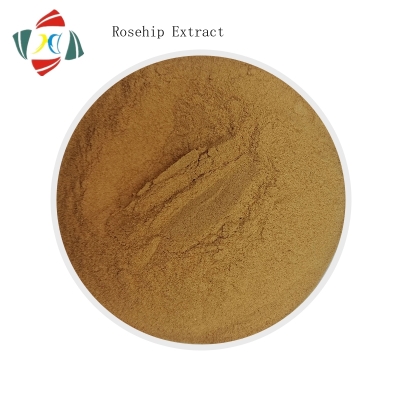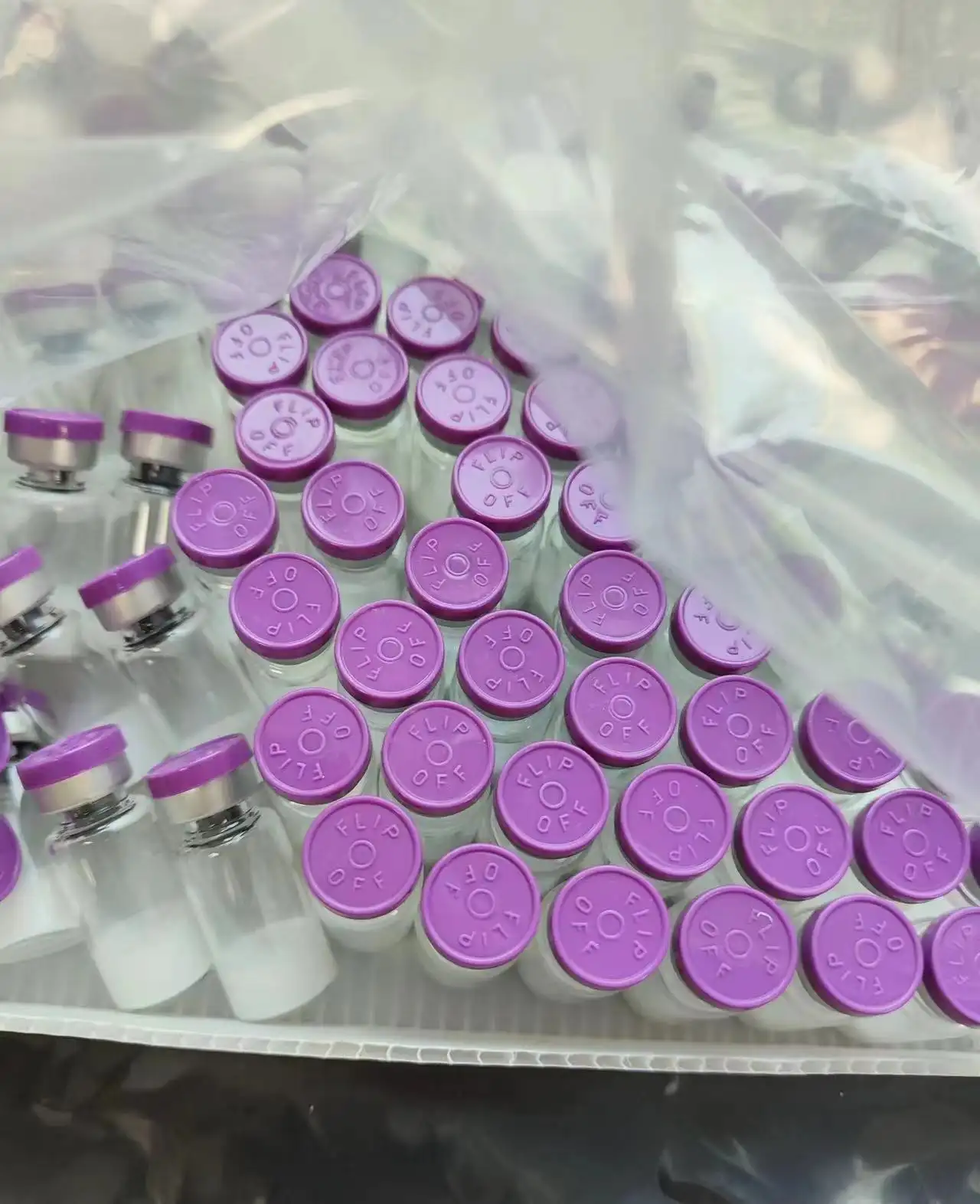Breakthrough drug of chronic graft-versus-host disease (cGVHD)! The total remission rate (ORR) of oral Rock2 inhibitor kd025 for 2 months was more than 60%!
-
Last Update: 2020-02-24
-
Source: Internet
-
Author: User
Search more information of high quality chemicals, good prices and reliable suppliers, visit
www.echemi.com
February 24, 2020 / BIOON / -- the annual ASBMT / CIBMTR transplantation and Cell Therapy Conference (TCT 2020) was held in Orlando, Florida, USA from February 19 to 23, 2020 It was jointly organized by the American Society for blood and bone marrow transplantation (ASBMT) and the International Center for blood and bone marrow transplantation research (CIBMTR) The latest progress in basic science, transformation research and clinical research in various fields of blood and bone marrow transplantation and cell therapy were introduced At the meeting, kadmon holdings released the latest data of Rockstar (kd025-213, nct03640481), a key clinical trial of oral selective Rho associated with curly protein kinase 2 (Rock2) inhibitor, in the treatment of chronic graft-versus-host disease (cGVHD) (for details, click kd025-213 interim analysis – TCT 2020 slides) This is an ongoing open label phase II study in adults and adolescents with cGVHD who have previously received at least two systemic therapies In the study, the patients were randomly assigned into two groups and received kd025 200mg once a day and 200mg twice a day respectively, 66 patients in each group In this study, a statistically significant lower limit of 95% CI for the overall response rate (ORR) exceeded 30% The results showed that the study had reached the orr end point in a mid-term analysis (October 2019) conducted two months after the completion of patient enrollment The data showed that the orr of the two groups were 64% (95% CI: 51%, 75%, P < 0.0001) and 67% (95% CI: 54%, 78%, P < 0.0001), respectively The data were statistically and clinically significant The extended data provided at the meeting showed that the orr reported by each key subgroup was consistent with the interim analysis results reported previously after a median follow-up of 5 months , including: Patients with 4 or more organs affected by cGVHD (n = 69, or = 64%), patients previously treated with ibrutinib (irutini, Btk inhibitor) (n = 45; or = 62%), and patients previously treated with ruxolitinib (rosotinib, Jak1 / JAK2 inhibitor) (n = 37; or = 62%) Three patients got complete remission Therapeutic responses were observed in all affected organ systems, including those with fibrotic disease In the study, kd025 was well tolerated: adverse events were generally consistent with those expected to be observed in patients with cGVHD treated with corticosteroids, and no significant increased risk of infection was observed Additional secondary endpoints, including duration of remission (DOR), corticosteroid dose reduction, failure free survival (FFS), total survival (OS), and reduction in Lee symptom scale (LSS) scores, are continuing to mature and will be available later in 2020 Harlan w Waksal, MD, President and CEO of kadmon, said: "we are very satisfied with the mid-term results of this key trial of kd025 in cGVHD, which closely follows the results of our early phase II study Kd025 achieved good response rates in all subgroups of this refractory group of patients who had previously received four therapies, 73% of whom did not respond to the last We plan to hold a pre NDA meeting with the U.S Food and Drug Administration (FDA) in March 2020, and publish the top line results of the main analysis of the trial in the second quarter of 2020 " Kd025 is a selective oral inhibitor of Rho associated curly spiral protein kinase 2 (Rock2), which is a signal pathway regulating immune response and fibrosis pathway Kd025 can inhibit Rock2 signaling pathway, down regulate inflammatory Th17 cells, increase regulatory T (Treg) cells, rebalance immune response, and treat immune dysfunction In addition to cGVHD, kd025 is conducting a phase II clinical trial (kd025-209) of diffuse cutaneous systemic sclerosis in adults Kd025 was previously awarded breakthrough drug qualification (BTD) and orphan drug qualification (odd) by the food and Drug Administration (FDA) to treat patients with cGVHD who had previously received at least two systems of treatment CGVHD is a common fatal complication after hematopoietic stem cell transplantation In cGVHD, transplantation of immune cells (grafts) attacks cells (hosts) of patients, resulting in inflammation and fibrosis of skin, mouth, eyes, joints, liver, lung, esophagus and gastrointestinal tract In the United States, there are about 14000 patients with cGVHD, and about 5000 new patients are added every year Source: kadmon announcements expanded results of interior analysis of vital trial of kd025 in cGVHD
This article is an English version of an article which is originally in the Chinese language on echemi.com and is provided for information purposes only.
This website makes no representation or warranty of any kind, either expressed or implied, as to the accuracy, completeness ownership or reliability of
the article or any translations thereof. If you have any concerns or complaints relating to the article, please send an email, providing a detailed
description of the concern or complaint, to
service@echemi.com. A staff member will contact you within 5 working days. Once verified, infringing content
will be removed immediately.







